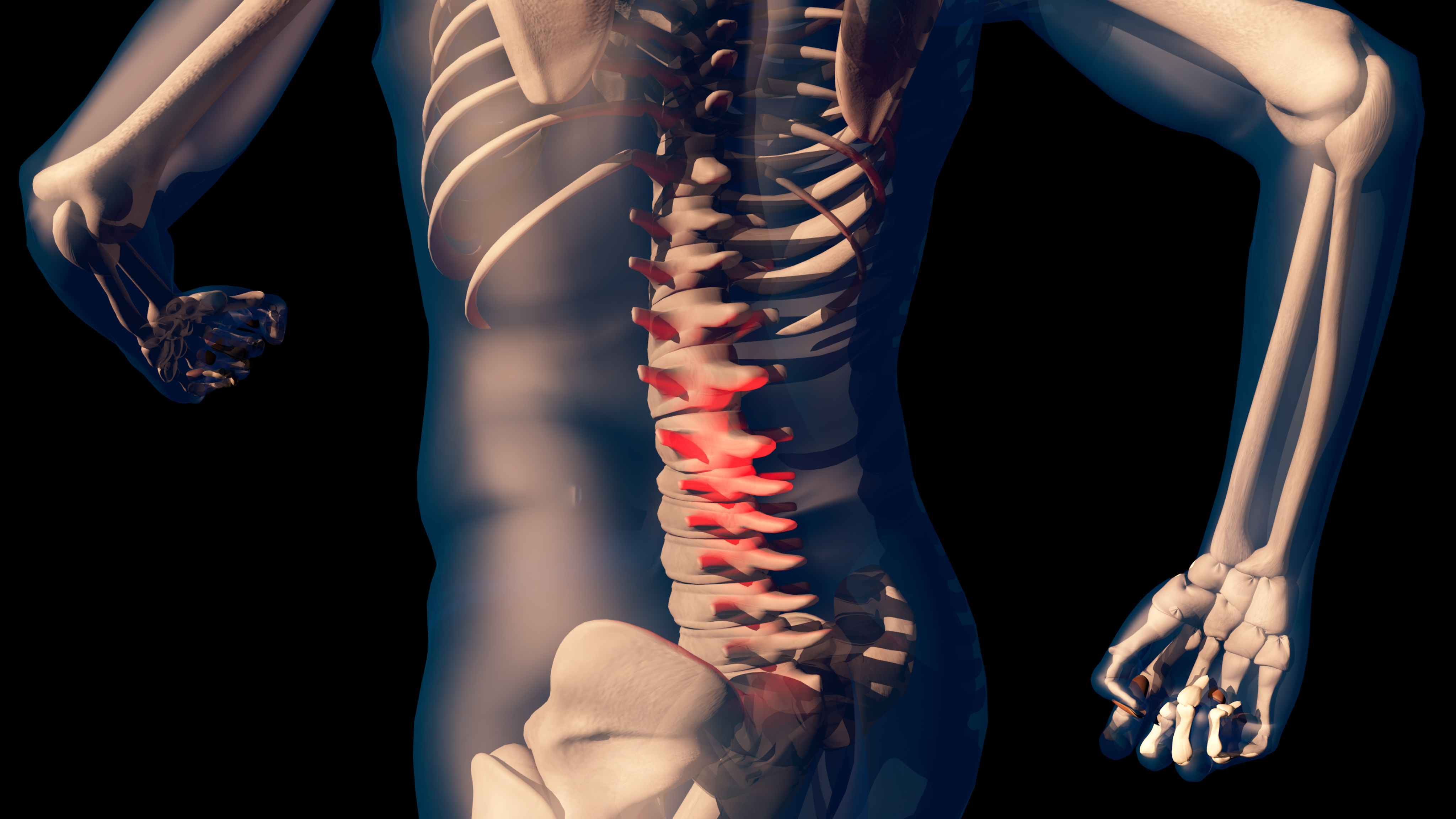What is a hamstring stain?
A hamstring strain is a common injury that occurs when you pull one of your three hamstring muscles. The three muscles that run behind your thigh is the hamstring. Since the muscles are so large, straining them can be very painful. Hamstring strains typically happen in athletes, especially those involved in running sports.
Symptoms of hamstring strain
The symptoms of a hamstring strain are:
- Sudden pain during physical activity and sometimes accompanied by a snapping or popping feeling
- Pain in the back of the thigh when walking, straightening the leg, or bending the knee
- Swelling
- Bruising
- Trouble walking
Individuals who think they may have a hamstring strain should be diagnosed by a medical professional so they can start working towards recovering.

Causes & risk factors
The hamstring muscles make it possible for you to bend your knee and extend your leg. When one of these muscles stretch beyond its limit during sports or other physical activities, it can cause a hamstring strain. Some of the risk factors may include:
- Playing sports. Sports that require sprinting or running, such as soccer, football, or baseball increase have high risk of a hamstring strain. It is also a common injury for dancers.
- Prior hamstring injury. Once you’ve had one hamstring injury, you’re at higher risk to have another one. This could be when you return to the same activity, or if you don’t take measures to treat it properly.
- Poor flexibility. If you have poor flexibility or don’t stretch before activities, your muscles may not be able to handle the force of action required.
- Muscle disproportion. Some experts believe that muscle disproportion can lead to hamstring strains. When there is more muscle in your quadriceps, the muscles in front of your thigh, it creates an imbalance in your leg that can lead to injury.
Feeling Pain in Your Leg? We Can Help.
Treatment for hamstring strain
Fortunately, most hamstring strains heal on their own with time. Some interventions to help speed up the recover process may include:
- Rest your injury. It is important to avoid putting weight on the leg if possible. In severe cases, crutches may be necessary until the pain goes away. Always check with a healthcare professional.
- Ice your leg. Icing your leg for 20 to 30 minutes every few hours can help reduce the pain and swelling. Less swelling around the injury will allow for greater blood flow and nutrients to enter the site.
- Compression. Wearing a compression bandage designed for strains can help reduce swelling.
- Elevate your leg. Keeping your leg higher than your heart can promote blood circulation and decrease swelling. This can be done by laying on a bed or couch and stacking pillows under your leg.
- Take anti-inflammatory medication. Over the counter, non-steroidal anti-inflammatory drugs can help reduce pain and swelling. Individuals shouldn’t rely on medication fully, as there can be side effects such as increased risk of bleeding and ulcers.
- Stretching and strengthening exercises. Don’t push yourself too hard, but as you start feeling better it is a good idea to start conditioning your leg and protect it from re-injury. Seeing a personal trainer, physical therapist, or other professional that specializes in rehabilitation would be beneficial.
Most hamstring strains are mild to moderate; however, severe cases may require surgery.
Prevention
The best way to prevent a hamstring strain is by incorporating stretching and strength exercises into your physical conditioning program. It is important to be in shape when your play your sport, and not use the sport to get in shape. Individuals who have an occupation that is physically demanding may want to consider stretches and strength exercises too.
Can a chiropractor help with a hamstring strain?
A chiropractor’s goal is to decrease pain and increase range of motion of a patient’s injury. Chiropractic adjustments can help a patient recover from a hamstring strain faster. When an individual has a hamstring strain, their muscles become tight. Chiropractors can work on the hamstring to help relax the muscle. This will allow more blood flow and nutrients towards the injury, which will promote healing.
Chiropractic Medicine Articles
Chiropractic Adjustment vs Spinal Decompression
When booking an appointment with your chiropractor, it can [...]
Chiropractic Care for Chronic Migraine Headaches
It’s happened again. You’ve woken up with chronic migraine and [...]
4 Things Chiropractic Care Can Heal
Chiropractic care can help whether you are struggling with a [...]
The Purpose of Acute and Chronic Pain
All pain can feel the same when it is being [...]




